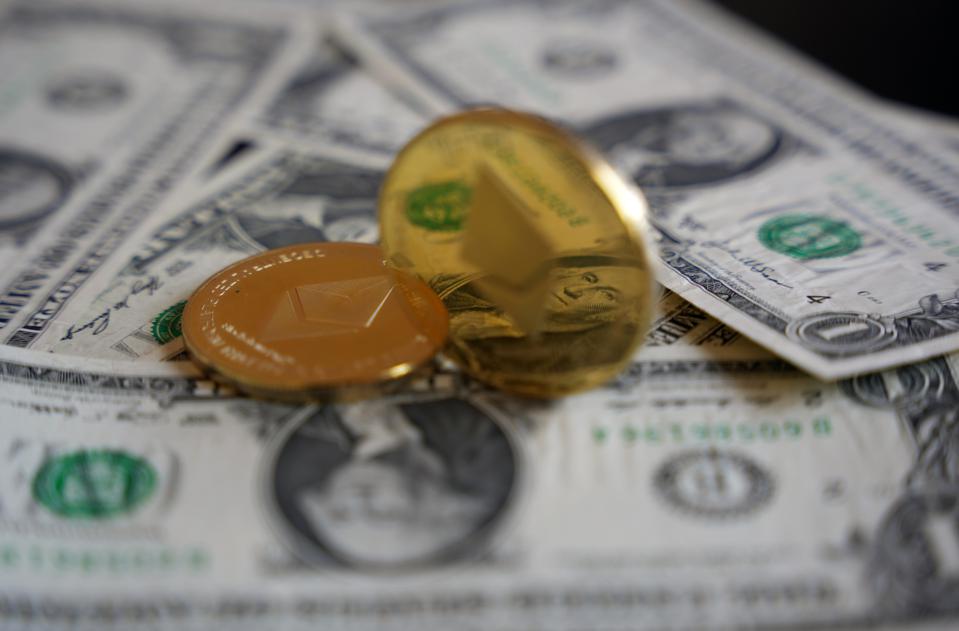MakerDAO’s DAI is the largest crypto-backed stablecoin in circulation, with an outstanding supply of $5 billion and more than 500,000 unique wallets and 90,000 unique holders of the corresponding MKR token, according to Etherscan. However, the stability of this popular stablecoin is far more precarious than most users realize.
The project has faced numerous challenges, including capital inefficiency and centralized points of failure. In 2019, the peg kept dropping due to high demand, leading to seven governance votes to raise the interest rate from 0.5% to 16.5% per year to stabilize the peg near a dollar. That same year, a major split between the founders dubbed “The Purple Pill” saw co-founder Rune Christensen (red pill) advocating for formal structures and compliance, while his counterparts (blue pill) focused on increasing decentralization. The purple pill, a mixture of the two sides, didn’t satisfy either.
Taking a step back, MKR is used to vote on protocol changes related to DAI, funding and other proposals. For example, MKR passed votes to diversify DAI’s collateral beyond ETH to increase DAI usage across the decentralized finance ecosystem. But one MKR wallet holds 12% of all these tokens, and two unknown wallets have 44% of the voting power. This dynamic may be, in part, why Gary Gensler, the chair of the Securities and Exchange Commission, told New York Magazine that every altcoin, including those related to stablecoins, is actually a security. If regulated as such in the US, there’s no telling how (or if) the DAI ecosystem would survive that compliance shift.
Increasing the types of collateral accepted may have expanded the DAI protocol’s attack surface. Vitalik Buterin, founder of Ethereum, tweeted his concerns early on about the amount of DAI generated in relation to centralized stablecoins (currently 56% of all DAI) like USDC and real-world assets (currently 9.6% of all DAI), like property loans, that are not visible on-chain. Regardless, Christensen published his plans to deal with these major contradictions and challenges, dubbed “The Endgame Plan” and the “Pregame Constitution” to govern the so-called Decentralized Autonomous Organization.
One of the many proposals indicates MakerDAO would mint more of its governance token, MKR, to use as collateral. It may be unwise to use endogenous collateral, given the lessons from the 2022 collapse of Terra/Luna and the way that, comparably, FTX listed the exchange’s own tokens on balance sheets. Former contributors, such as former business development associate Ashleigh Schap, have expressed their disagreement with the endgame as an effort to solve token market instability by simply adding more tokens.
Creating multiple subDAOs to oversee different tasks may not reduce centralization but rather obfuscate overlapping centralized points of failure behind a tangled web of organizations. Counter-intuitively, the project’s efforts to decentralize operations and hedge collateral risk has made it more vulnerable.
MakerDAO has been constantly challenged by a hydra of capital inefficiency, centralized points of failure, token governance, and impending regulation. In spite of all this, it has managed to chug along and become a fundamental piece within the DeFi ecosystem. Ultimately, it remains to be seen if the project can continue evolving to survive in the long-term, and users should be aware of the herculean efforts that would be required to survive with any semblance of stability.

